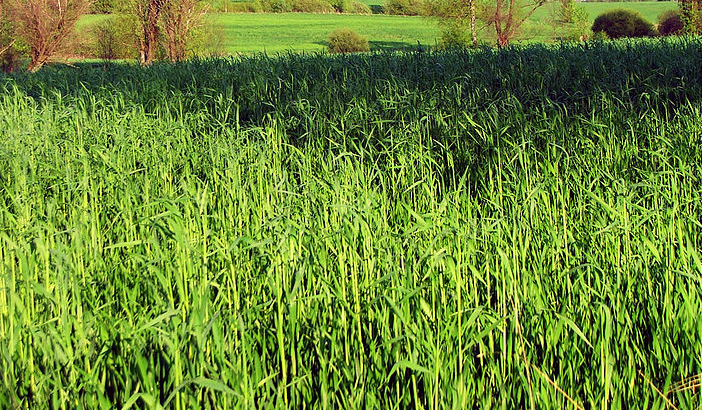
Maize is still the most economic forage, according to a new analysis of Maize Growers Association (MGA) data carried out by Grainseed Ltd.
Despite all last year’s problems, the costings suggest maize is still the most reliable source of energy for dairy producers, delivering a tonne of drymatter for nearly 20% less than grass silage.
"The MGA estimates maize silage can be produced for around £69/DM tonne compared to £82/DM tonne for grass silage - based on a 7 year ley," says Grainseed technical director Neil Groom.
"The best grass leys can produce a Megajoule of energy for around 75p whereas modern 'Bred for Britain' early maize varieties can consistently produce a Megajoule for just over 60p."
One of the biggest differences is grass’s requirement for fertiliser and nutrients which for a typical 300kg N, 80kg P and 280Kg dressing per hectare accounts for over £700/ha. And as fertiliser and input prices continue to rise, this difference can only grow, he says.
"If you look at wholecrop, in a good year with an ME at 10.2 Mj/KgDM, each Megajoule of energy will cost around 69p. Whereas this year with MEs of around 9.7 – 9.8 Mj/KgDM, each Megajoule from wholecrop costs more like 73p. That’s over 20% more than maize."
Chairman of the MGA and SRUC Crichton Royal research farm manager Hugh McClymont agrees saying maize produced nearly 40% more drymatter per hectare than wholecrop in last year's difficult conditions.
"Maize is still the most consistent performer. Grass silage making in the wet conditions last year was virtually impossible and compaction caused by the heavy forage harvesters and trailers on soft ground and damage to field entrances created a real problem.
"If we had only grass and wholecrop to rely on this winter, we would be in real trouble. Wheat averaged little over 7 tonnes of grain and 5 tonnes of straw per hectare at an average of 65% DM last year, giving around 8 tonnes of DM per hectare.
"The crop of Ardent maize we harvested on 26th September yielded 37.5 tonnes at 29% DM giving around 11 tonnes of DM per hectare – nearly 40% more than the wholecrop. And that’s before you even factor the crop’s considerably higher energy content."
